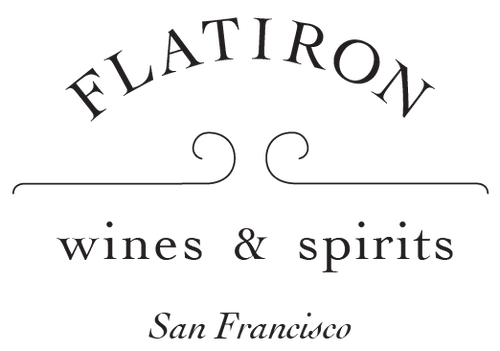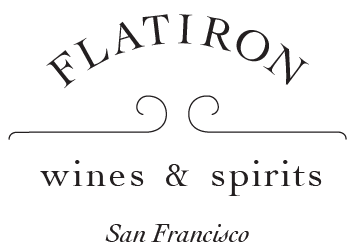Roberto Henriquez
During the American revolution, these vines were thriving. At the dawn of the industrial revolution, these vines were producing fruit. Before, during, and after the careers of Jane Austen, Charles Dickens, Andy Warhol, and Whitney... Read More
During the American revolution, these vines were thriving. At the dawn of the industrial revolution, these vines were producing fruit. Before, during, and after the careers of Jane Austen, Charles Dickens, Andy Warhol, and Whitney Houston, winemakers were producing wine from these ancient vines of País in Chile’s Bío-Bío region.
Roberto Henriquez is only the most recent custodian of these vines. He doesn’t own the land, but he farms it meticulously, employing organic and biodynamic techniques. After working in France, Canada and South Africa, in 2015 he returned to his native Chile to join the region’s small-scale, zero-input agriculture and winemaking community.
The País grape is largely unknown, yet its history in the Americas is long and storied. It was brought over by Spanish missionaries in the 16th century — communion wine being a necessity even in the strange New World — and has since thrived in the hills of South America.
Thanks to the efforts of a few devoted vignerons — Henriquez among them — País is finally gaining the recognition it deserves. It can be very tannic, so measures are taken to keep them in check. Roberto de-stems the fruit, then crushes it gently. Native yeasts are used, and the wines are only briefly aged, in stainless steel and old barrels. Of course, thanks to the vines’ incredible age, yields are very low and the fruit is very concentrated.





